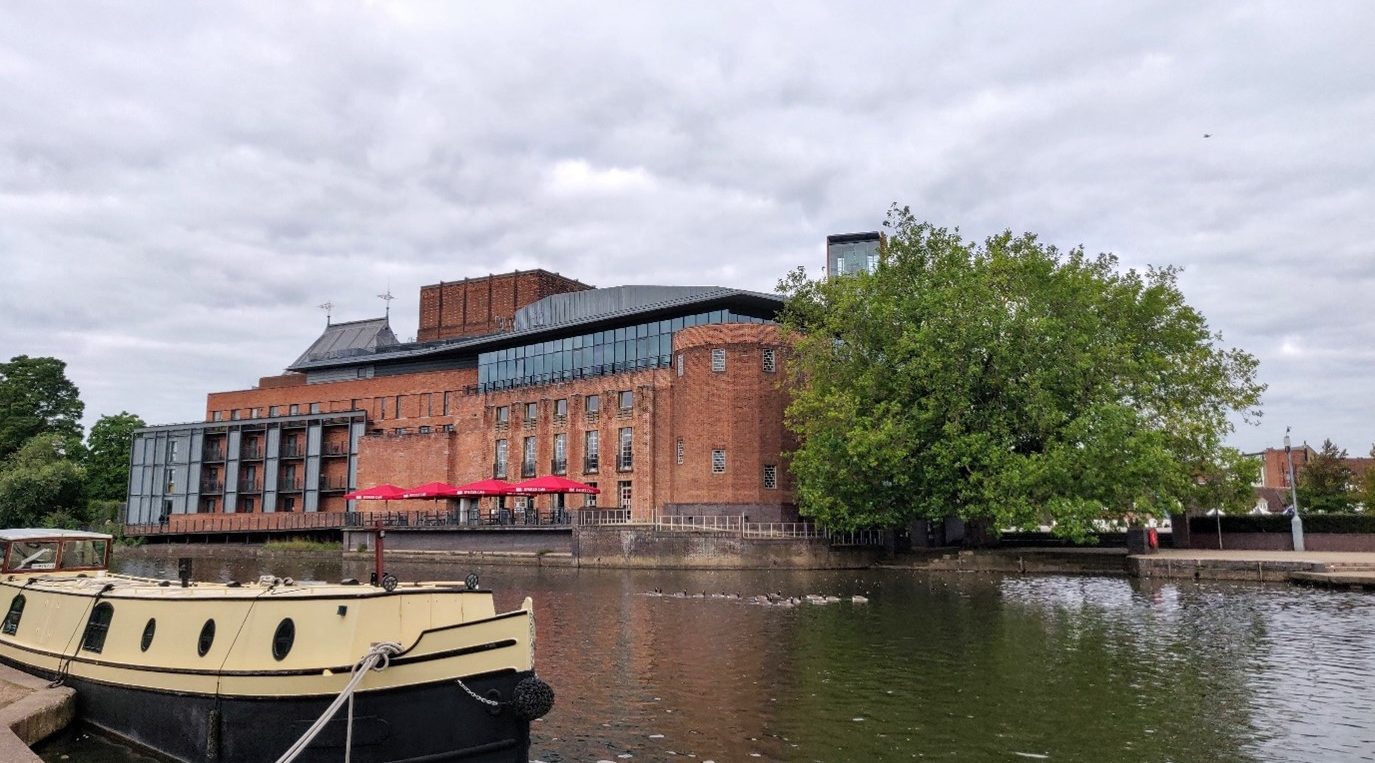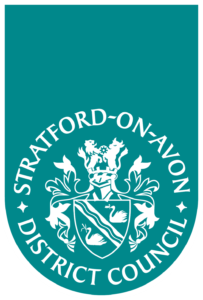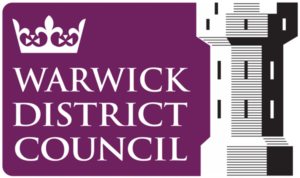
Warwick and Stratford-on-Avon Feasibility Study
Case Study
Project Overview
Warwick District Council commissioned Cenex to assess the feasibility of installing EVI in the local authority (LA)-owned car parks within the Warwick and Stratford-on-Avon districts. This included modelling the number and type of charging within each car park, acquiring quotes for grid connections from National Grid Electricity Distribution, and utilising these figures to model the business case for the network as a whole.
The Challenge
Cenex was presented with the question of whether installing EVI in the car parks throughout the districts of Warwick and Stratford would be viable, and what the possible business models for this might be.
The Development
Cenex utilised the premium version of its Car Park Calculator to model current and future EVI requirements in car parks throughout the districts. This uses the size of the car park along with projected uptake curves and the durations of stays at the car park to model the number and types of charging that may be required in the next 15 years. The duration of stays at the car park is utilised to split the charging according to the speed required including standard 7.4kW, fast 22kW and rapid 50kW+ charging. A free version of the Car Park Calculator is currently available to all local authorities via the NEVIS service.
This data provided information about the required capacity at each car park site, which was then used to obtain connection quotes from the distribution network operator (DNO), National Grid Electricity Distribution. This showed significant variance throughout the region but also presented the opportunity for significant savings if the chosen service provider were able to undertake the contestable connections works at a more competitive rate.
The full DNO cost was input, alongside the numbers of chargepoints, into Cenex’s business case modelling tool. This projects the utilisation of the chargepoints and therefore the potential revenue possible, while also accounting for the installation costs and the cost of replacing end-of-life equipment during the contract. This business case was modelled using the following commercial models:
- Partially LA-funded Concession
- Fully service provider funded Concession
- Own and Operate
- External Operator
- Land Lease
It was found that in the case of partial funding from the LA, it would be complex to reach a break-even point for both the LA and service provider, whereas in the case of a fully funded solution, the LA could take a minimal revenue share or contract management cost and the service provider would be able to make a profit.
The Result
A full service provider funded concession was recommended as the ideal solution for the LA, as it would not require them to produce a significant capital investment either from potentially limited council resources or from grant funding or financing while retaining a level of control and ownership over the groundworks throughout the network. It was also found within this that the price of charging could be within a reasonable level for the customer, depending on the wholesale electricity cost and could even be below if this cost were to be negotiated down.

